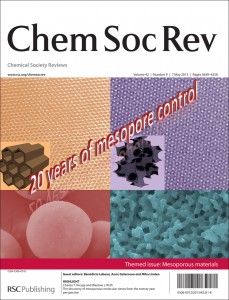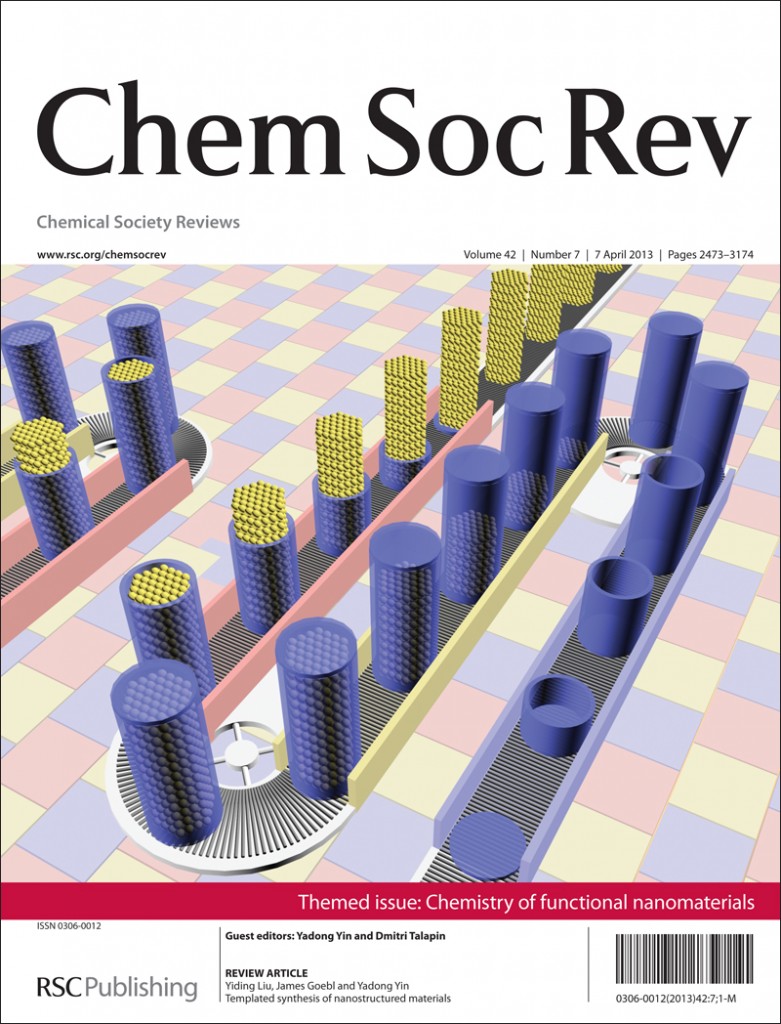In this Review, which forms part of the upcoming Chem Soc Rev themed issue on Stimuli Responsive Materials, Rachel K. O’Reilly and Matthew I. Gibson, from the Department of Chemistry at the University of Warwick, give an account of the factors involved in the design, characterisation and function of thermally responsive polymeric nanoparticles.
This review is concerned with a class of synthetic polymer, which have a lower critical solution temperature, the macroscopic result of which is a cloud point, accompanied by a structural change from coil to globule. A variety of LCST type thermoresponsive polymers are discussed in the review, including poly-N-vinylpiperidone, poly-oligoethyleneglycol-methacrylate, two substituted polyacrylamide polymers and also an elastin side chain polymer.

Phase transitions for polymers with lower and upper critical solution temperatures, common synthetic methodologies
Synthetic protocols described are self-assembly driven by hydrophobic or hydrophilic interactions and the grafting from or grafting to approaches, leading to a spherical, corona type assembly of thermally responsive polymer units, bound to a micelle, vesicle or inorganic nanoparticle such as silica, gold, iron oxide or polymeric colloid.
A large body of knowledge in the area of polymer brush functionalised flat surfaces is used as a comparison to the behaviour of the thermally responsive nanoparticles. Similar synthetic approaches are employed here too, which are well understood via complimentary analytical techniques such as Atomic Force Microscopy, ellipsometry, and Quartz Crystal Microbalance analysis.
Emphasis is put on the importance of accurate determination of the cloud point. Examples are given of systems where significant differences in cloud point are observed, depending on whether the polymer is free in solution, or bound to a surface or nanoparticle. The use of Dynamic Light Scattering is shown to be a useful probe of aggregation or shrinkage properties, occurring upon heating. It is described how this adds to the understanding of the effect of various synthetic routes and polymerization methodologies on resultant properties.
Applications of such responsive materials are highlighted in the areas of enzyme function and solubility switching, and also in drug encapsulation and delivery. The nanoparticle response may also be achieved by a secondary stimulus, such as a pH change, or salt environment, when temperature remains constant.
Overall, this is a highly interesting insight into a complex area with huge potential, which will prove to be an important reference point for researchers in this field.
Read this HOT Chem Soc Rev article today!
To aggregate, or not to aggregate? considerations in the design and application of polymeric thermally-responsive nanoparticles
Matthew I. Gibson and Rachel K. O’Reilly
Chem. Soc. Rev., 2013, Advance Article
DOI: 10.1039/C3CS60035A
Kevin Murnaghan is a guest web-writer for Chem Soc Rev. He is currently a Research Chemist in the Adhesive Technologies Business Sector of Henkel AG & Co. KGaA, based in Düsseldorf, Germany. His research interests focus primarily on enabling chemistries and technologies for next generation adhesives and surface treatments. Any views expressed here are his personal ones and not those of Henkel AG & Co. KGaA.
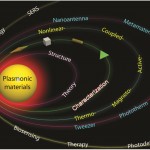 Nanoplasmonics concerns light-matter interactions with nanoscale materials. Advances in fabrication, computation, and applications ranging from biomedicine to energy have burgeoned in the last 5 years. This themed issue gathers together a variety of reviews and tutorial reviews covering all chemical aspects of the field, from synthesis and fabrication to plasmon-enhanced effects in physical and biological systems.
Nanoplasmonics concerns light-matter interactions with nanoscale materials. Advances in fabrication, computation, and applications ranging from biomedicine to energy have burgeoned in the last 5 years. This themed issue gathers together a variety of reviews and tutorial reviews covering all chemical aspects of the field, from synthesis and fabrication to plasmon-enhanced effects in physical and biological systems.










 We are delighted to present the Chem Soc Rev themed issue on
We are delighted to present the Chem Soc Rev themed issue on 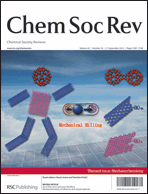 This themed issue includes reviews focussing on both understanding the phenomenon itself (e.g., processes of mechanochemical bond breaking, the effects of mechanochemistry on the structures of materials, and factors underlying the molecular-level mechanisms), as well as the application of mechanochemistry to actual chemical synthesis, such as by grinding or milling.
This themed issue includes reviews focussing on both understanding the phenomenon itself (e.g., processes of mechanochemical bond breaking, the effects of mechanochemistry on the structures of materials, and factors underlying the molecular-level mechanisms), as well as the application of mechanochemistry to actual chemical synthesis, such as by grinding or milling. Many applications in technology, biology, and society do benefit from materials with increased functionality and adaptability. As a result, according to Theato, Sumerlin, O’Reilly and Epps, materials science has rapidly evolved to meet these demands by enabling the preparation and increased fundamental understanding of responsive materials with adaptable properties and behaviours.
Many applications in technology, biology, and society do benefit from materials with increased functionality and adaptability. As a result, according to Theato, Sumerlin, O’Reilly and Epps, materials science has rapidly evolved to meet these demands by enabling the preparation and increased fundamental understanding of responsive materials with adaptable properties and behaviours.

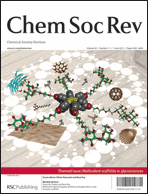
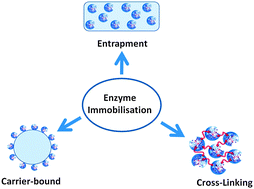
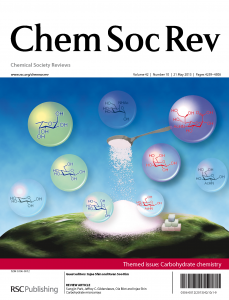
 Glycopolymer probes of signal transduction
Glycopolymer probes of signal transduction